More human than human
“Life is life - whether in a cat, or dog or man. There is no difference there between a cat or a man. The idea of difference is a human conception for man’s own advantage”
I think that if I want to discuss the reasonable justification for our ancestors eating people I should start with the facts. What makes a man? What make an animal? And can you consume a soul? This series of short pieces aims not to answer but provide information for you to do your own reflection on what makes you human. This shared biological foundation highlights the deep connections among all living creatures on our planet.
Common Cellular Structure
The most fundamental unit of life, the cell, is a commonality shared by all animals, including humans, yeah bro you’re an animal. Animal cells, whether they are in a human, a bird, or a fish, are eukaryotic, meaning they have a defined nucleus and specialized structures called organelles. These organelles perform vital functions, such as energy production and protein synthesis, essential for life. The remarkable similarity in cellular structure across different species underscores a shared evolutionary history.
Genetic Code and DNA
DNA, the molecule that carries genetic information, is another universal component. The genetic code, written in the language of nucleotides, governs the development and functioning of all animals. Despite the vast array of physical differences, the genetic code operates through the same basic mechanisms in every animal. This universality is not just in structure but function too, with genes controlling similar processes across different species. For instance, the gene that helps regulate the circadian rhythm in humans is strikingly similar to that in fruit flies.
Biochemical Pathways
At a biochemical level, humans and animals share numerous pathways and molecules. For example, adenosine triphosphate (ATP) is the primary energy currency in all animal cells. Similarly, the basic metabolic pathways, such as glycolysis and the Krebs cycle, are conserved across different species, highlighting how life relies on a set of common chemical reactions.
Evolutionary Perspective
This biological commonality is best understood through the lens of evolution. The theory of evolution by natural selection, first proposed by Charles Darwin (and Wallace, but this is another story) explains how diverse life forms have arisen from common ancestors. Over millions of years, evolutionary pressures have led to the divergence of species, but the basic building blocks have remained largely unchanged. The presence of homologous structures, such as the forelimbs in humans and wings in birds, further illustrates this shared lineage.
The realization that humans share the same basic building blocks with all animals is more than a scientific curiosity. It underscores the profound connection humans have with the rest of the animal kingdom. This understanding fosters a deeper appreciation of the complexity of life and our place within the natural world. As we continue to explore the mysteries of biology, the shared foundations of life remind us of our common heritage and the intrinsic value of all living beings.


